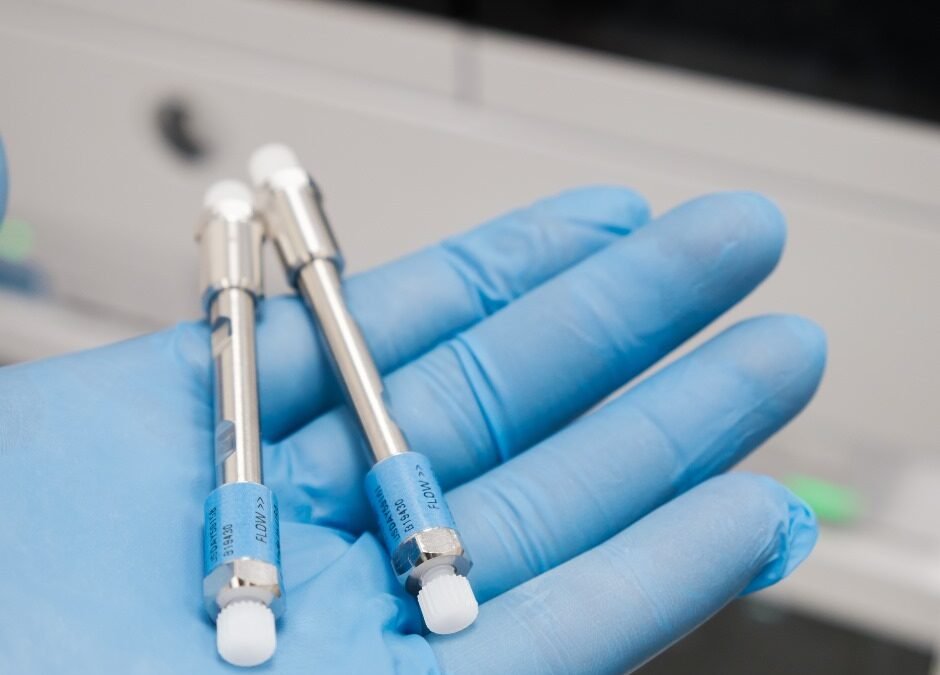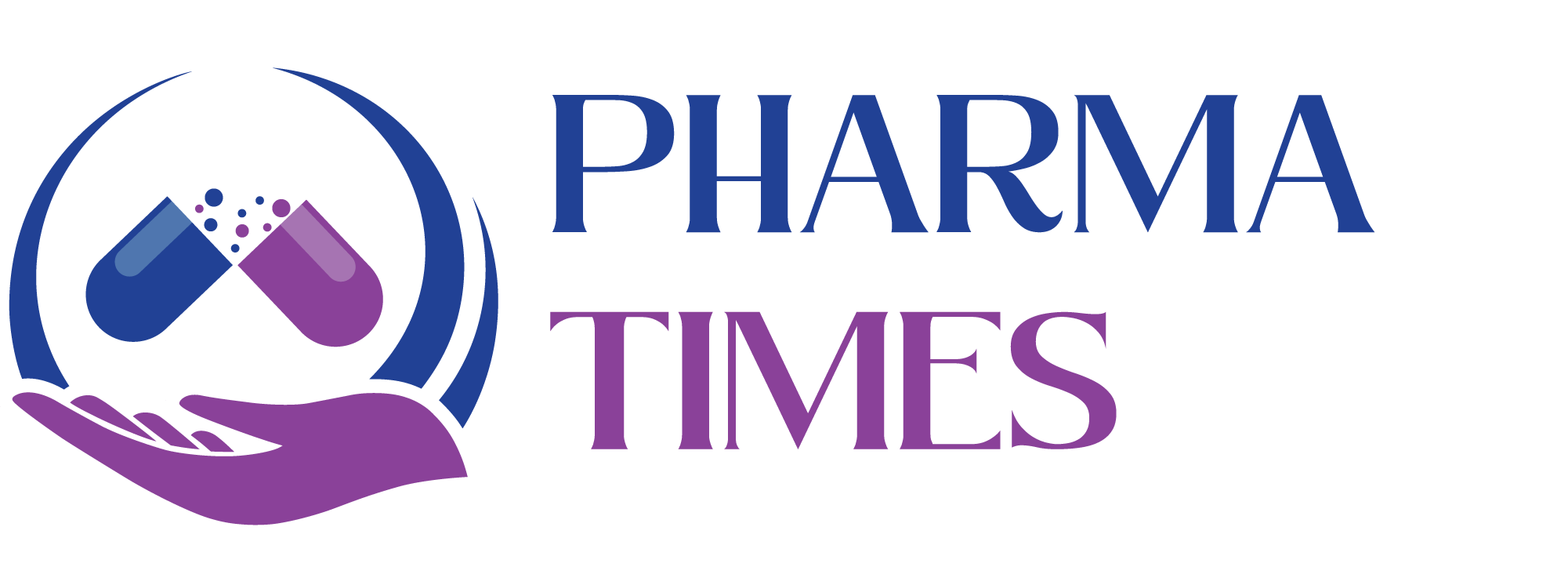
by Dr. Yashashwini Reddy | Apr 17, 2025
1. What is LCMS and how does it work? Explanation: This is a foundational question. LCMS combines liquid chromatography (LC) for separating compounds and mass spectrometry (MS) for detecting and identifying them based on mass-to-charge ratio (m/z). It is widely used...

by Dr. Yashashwini Reddy | Apr 16, 2025
1. What are the different types of HPLC columns? Reversed-phase columns: These are the most commonly used, where the stationary phase is nonpolar (e.g., C18). Polar compounds are retained longer. Normal-phase columns: The stationary phase is polar, while the mobile...

by Dr. Yashashwini Reddy | Apr 11, 2025
To check the size of the openings in a sieve, you can use a few different methods, such as the microscope method, densometer method, or special calibration beads. It’s pretty simple—you’ll usually count the number of holes per inch with a magnifying glass...
by Dr. Yashashwini Reddy | Nov 29, 2024
Standard Operating Procedure (SOP) for Microscope Operation 1. Objective To define the procedure for operating a microscope effectively, ensuring precise observation of microorganisms and crystalline structures, and capturing clear photographs of insulin crystal...
by Dr. Yashashwini Reddy | Nov 22, 2024
Autoclave: An Essential Sterilization Tool The autoclave is a vital device widely used across industries and laboratories to ensure sterility. Its ability to eliminate bacteria, viruses, and other harmful microorganisms makes it indispensable in healthcare, research,...





